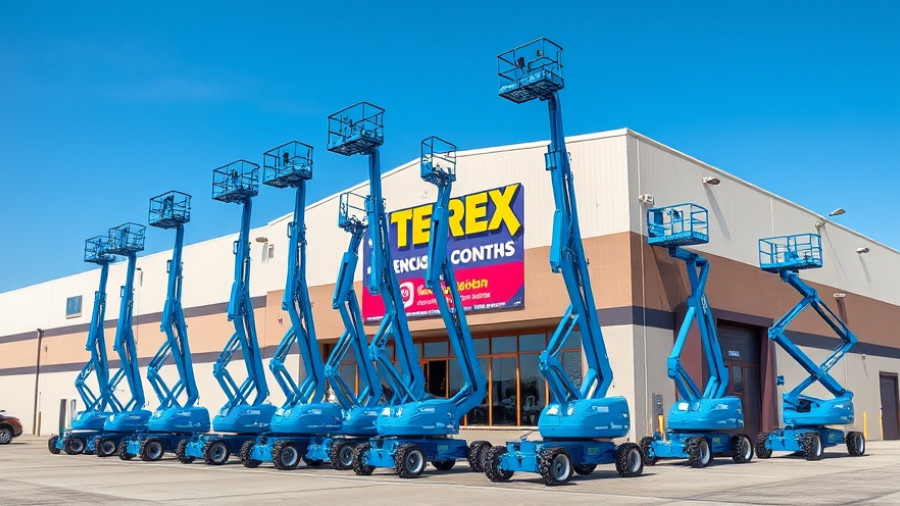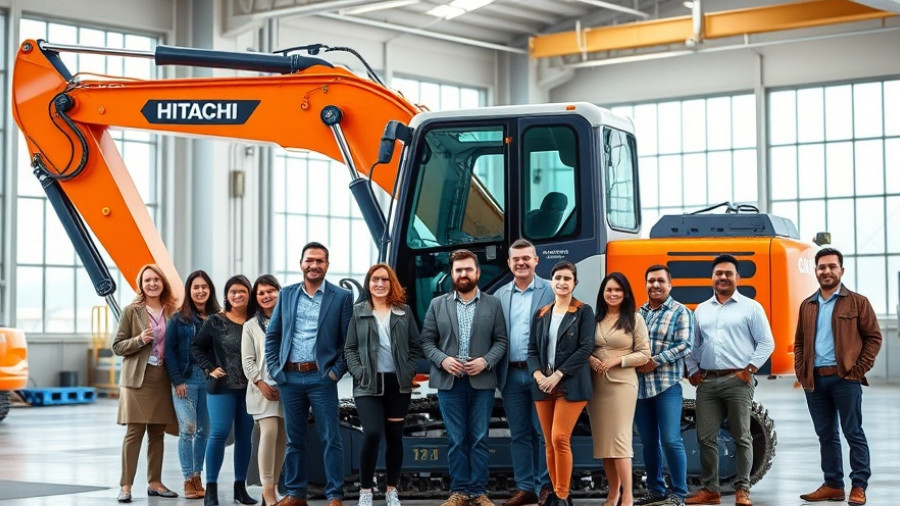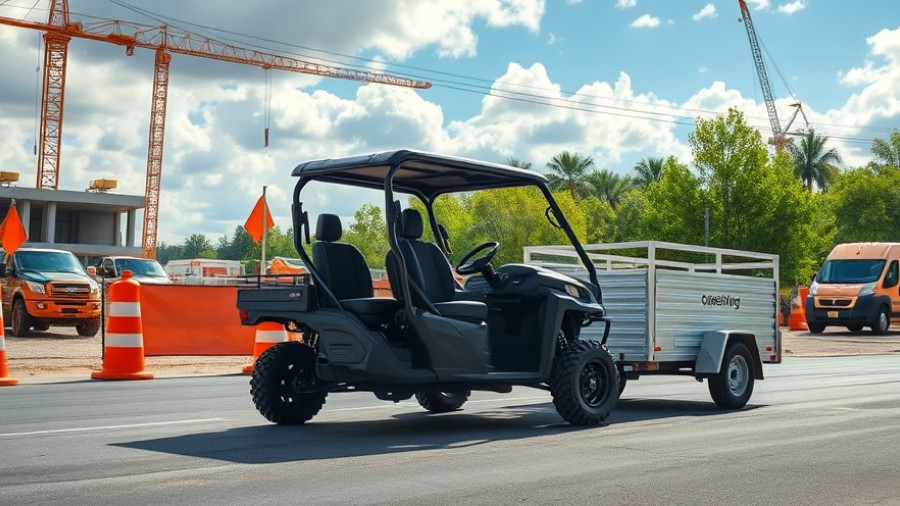
Introducing the Roxor Independence Edition: A Tribute to Freedom
Mahindra has taken a bold step in honoring American values with the launch of its limited-run Independence Edition Roxor utility vehicle. This new off-road beast, designed to handle tough terrains, comes with a striking patriotic flair that features an American flag and a bald eagle adorning its hood. The vehicle’s design resonates with a sense of pride and respect for the brave men and women of the armed forces, marking its rollout closely after recent national celebrations of Flag Day and the Army's 250th anniversary.
Performance Meets Patriotism: The Roxor Specs
This utility vehicle doesn’t just look good; it is built to deliver excellent performance in any demanding condition. The Roxor Independence Edition is powered by a robust 2.7L turbo diesel engine that produces 55 horsepower, ensuring it can tackle rugged landscapes with ease. With a towing capacity of 3,500 pounds and a payload capacity of 1,525 pounds, it is designed for those who require a dependable machine that can also carry the weight of hard work.
A Special Giveaway for Veterans
In a commendable gesture of appreciation, Mahindra has pledged to give away several models of the Roxor Independence Edition to veterans, active-duty service members, and reservists. “We designed this ROXOR Independence Edition to recognize the importance of our service members who sacrifice so much for our freedom,” stated Viren Popli, president and CEO of Mahindra Ag North America. This initiative underscores Mahindra’s commitment to honoring those who have served the country while introducing a vehicle that embodies American resilience.
Why the Roxor Matters for Construction and Development
The rugged design and functional aspects of the Independence Edition Roxor make it an appealing choice for business owners and developers in the construction sector who need versatile equipment. The vehicle’s impressive specifications, including a ground clearance of 9 inches and a top speed of 55 miles per hour, allow quick mobility across job sites and rural landscapes, enhancing operational efficiency where traditional vehicles may struggle.
Investment in Utility: Understanding the Market Demand
In today’s market, where sustainable and socially conscious innovations are gaining importance, vehicles like the Roxor serve as a prime example of how industry leaders can blend functionality with patriotism. For property developers and facility managers who consider the total cost of ownership, investing in equipment that stands out in performance and brand reputation can yield long-term benefits. The Roxor also comes with a two-year limited warranty, providing peace of mind alongside its robust capabilities.
Looking Ahead: More Than Just a Utility Vehicle
As Mahindra’s Roxor Independence Edition makes its way into the hands of consumers, it represents not just a vehicle, but also a movement toward recognizing and integrating enduring values in modern design. For tech-savvy construction leaders, this is an opportunity to reflect on the importance of aligning equipment choices with brands that uphold social responsibility.
With a limited number of models available for purchase at authorized dealers, interested buyers should act quickly to secure this unique vehicle that blends performance with homage. The Roxor isn’t just another utility vehicle; it’s a testament to strength, endurance, and the spirit of innovation that defines the American landscape, particularly within the construction sector.
 Add Row
Add Row  Add
Add 




Write A Comment